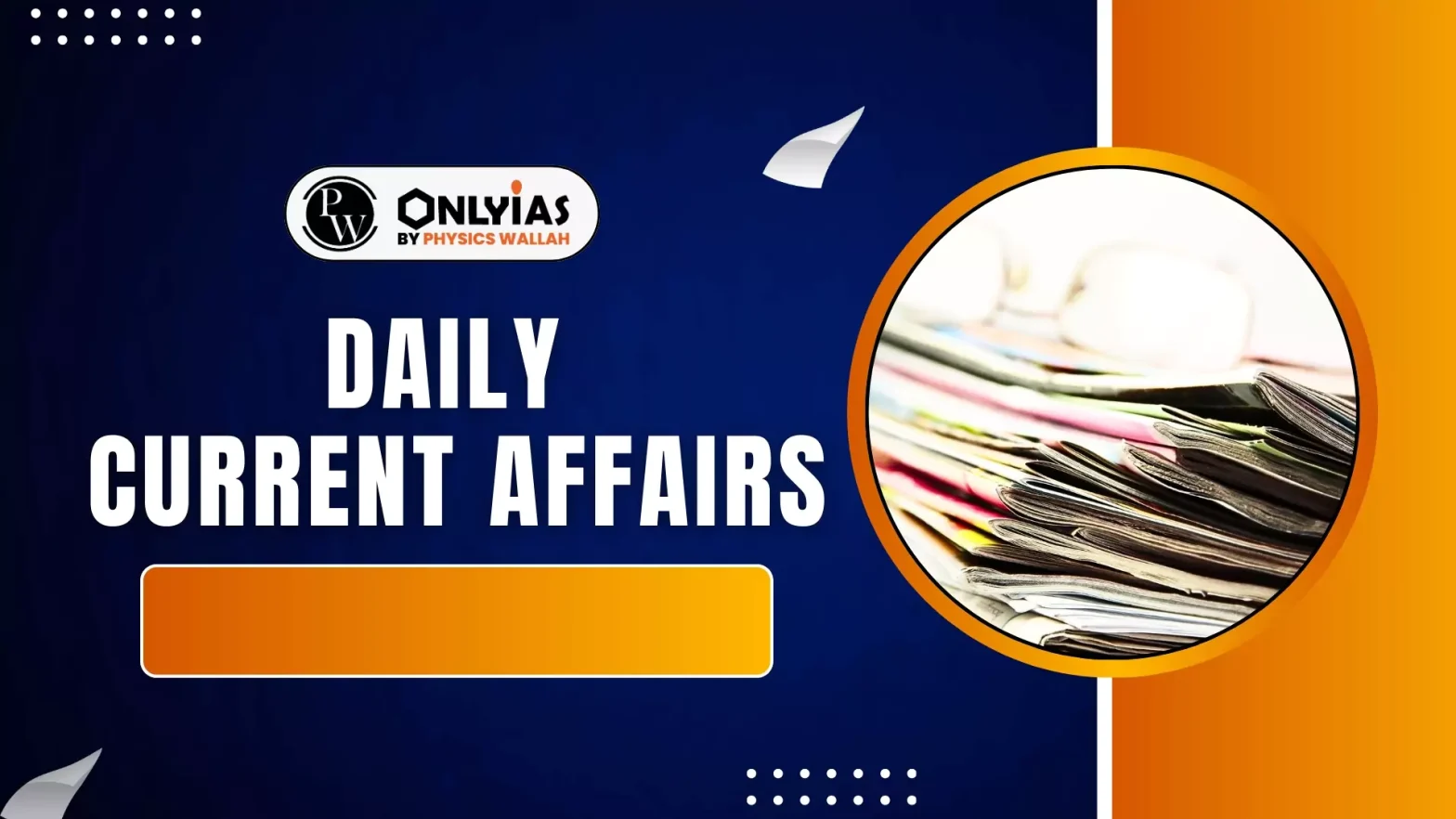The RBI Development Research Group recently updated the Rangarajan poverty line for 20 major states using the 2022-23 Household Consumption Expenditure Survey (HCES).
- The findings show Odisha and Bihar made the biggest improvements in poverty reduction over the last decade.
What is the Poverty Line ?
- The poverty line is a threshold used to identify the minimum level of income or consumption expenditure required for an individual to meet basic necessities of life such as food, clothing, housing, health, and education.
- People below this threshold are considered poor.
Types of Poverty Lines
- Absolute Poverty Line: Based on the cost of a fixed basket of essential goods and services.
- Relative Poverty Line: Defines poverty in relation to the average income or consumption of a society.
- Income levels considered adequate in one context (e.g., ₹1,000 per month in 1975 India) may be meaningless in today’s economy or in another country.
Poverty Line Estimation in India
- Alagh Committee (1979): Defined poverty lines based on nutritional requirements (2400 kcal/day rural, 2100 kcal/day urban).
- Lakdawala Committee (1993): Recommended updating poverty lines using CPI-AL (rural) and CPI-IW (urban).
- Tendulkar Committee (2009):
-
- Shifted from calorie-based to a Poverty Line Basket (food + health + education + essentials).
- Recommended a uniform poverty line basket for rural and urban areas.
- Estimated poverty line for 2011–12:
- Rural: ₹816/month (~₹27.2/day)
- Urban: ₹1,000/month (~₹33.3/day)
- Poverty rate: 21.9% (25.7% rural, 13.7% urban), approximately 26.93 crore people.
- Rangarajan Committee (2014): Proposed higher poverty lines with a revised consumption basket; Not officially adopted; Tendulkar’s estimates remained official.
- NITI Aayog – Multidimensional Poverty Index (MPI): Measures poverty across health, education, living standards (12 indicators).
|
Rangarajan Poverty Line
- Establishment: Set up by the Planning Commission in 2012 under C. Rangarajan to review poverty measurement methodology.
- Report (2014): Estimated monthly per capita expenditure (MPCE) at ₹972 for rural areas and ₹1,407 for urban areas.
- Controversy: Its higher poverty estimates compared to the earlier Tendulkar Committee stirred debate.
Methodology of Updating
- Avoiding CPI Adjustment: CPI was not used as its consumption basket differs from Rangarajan’s Poverty Line Basket (PLB).
- Creation of New Index: RBI researchers built a separate price index, using the same weights as the PLB (57% food for rural areas and 47% for urban areas).
- How it was Applied: The inflation calculated from this new index was used to update the 2012 state-wise poverty lines, which were then compared with household spending data from the HCES 2022–23.
- Key Limitation: Since consumption patterns have changed over time, the poverty line basket itself may need revision, just as CPI baskets are periodically updated.
Key Findings of Updated Study
- Odisha’s Achievement: Rural poverty declined from 47.8% (2011-12) to 8.6% (2022-23), the sharpest fall in India.
- Bihar’s Achievement: Urban poverty fell from 50.8% (2011-12) to 9.1% (2022-23), showing remarkable progress.
- Low Decline States: Kerala (rural poverty reduced by 5.9 percentage points) and Himachal Pradesh (urban poverty reduced by 6.8 percentage points) recorded the least decline, though they already had low poverty levels.
- Rural Poverty (2022-23): Lowest in Himachal Pradesh (0.4%) and highest in Chhattisgarh (25.1%).
- Urban Poverty (2022-23): Lowest in Tamil Nadu (1.9%) and highest in Chhattisgarh (13.3%).
Indian Poverty Debates
- SBI Research (2024): Using 2023–24 HCES, estimated poverty at 4.86% (rural) and 4.09% (urban) based on updated poverty lines of ₹1,632 and ₹1,944 respectively.
- IMF vs World Bank (2022):
-
- World Bank: Estimated poverty at 10.2% (2019).
- IMF: Estimated only 0.8% poverty (2019), attributing improvement to food subsidy transfers.
Importance of the Poverty Line
- Measurement of Poverty: The poverty line provides a benchmark to identify who is poor in an economy. It helps determine the extent and depth of poverty within a country at a given point in time.
- Policy Formulation and Targeting: Governments use the poverty line to design welfare schemes and subsidies. It helps in directing benefits such as food security, health care, education, and housing to the most vulnerable groups.
- Evaluation of Policy Effectiveness: By comparing poverty estimates across years, policymakers can evaluate whether government interventions, welfare schemes, and economic reforms are effective in reducing poverty.
- Resource Allocation: The poverty line guides the allocation of scarce public resources. It helps governments prioritize expenditure on sectors like rural development, employment programs, and social safety nets.
- International Comparability: International institutions like the World Bank set global poverty lines (e.g., $2.15 or $3.00 per day at PPP). This enables cross-country comparisons and allows India to assess its progress relative to other developing economies.
Conclusion
Thus, poverty lines are not static benchmarks but evolving policy instruments. Regular revision, integration with multidimensional poverty measures, and alignment with SDGs are essential to ensure that poverty measurement remains relevant in 21st-century India.
Additional Reading: World Bank’s revised Poverty Line
Additional Reading: Multi Dimensional Poverty Index
![]() 1 Oct 2025
1 Oct 2025

